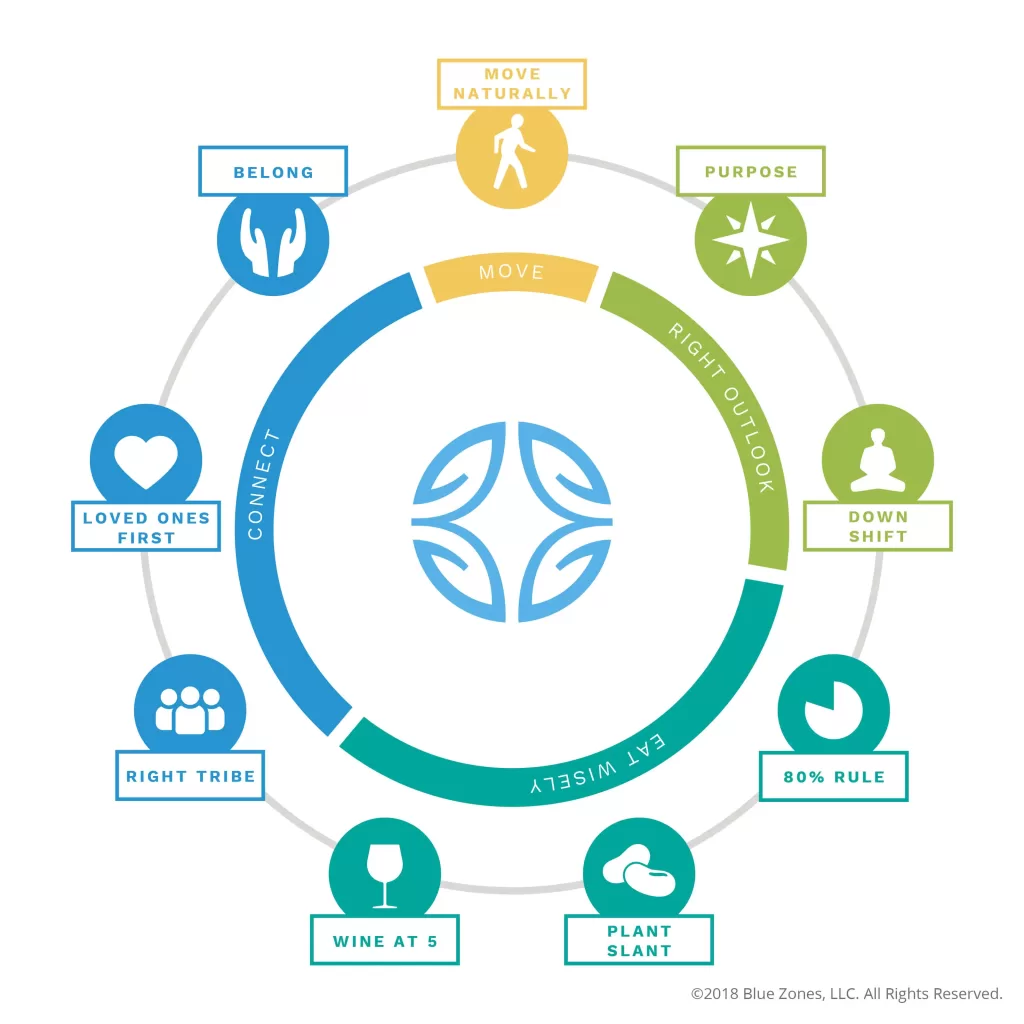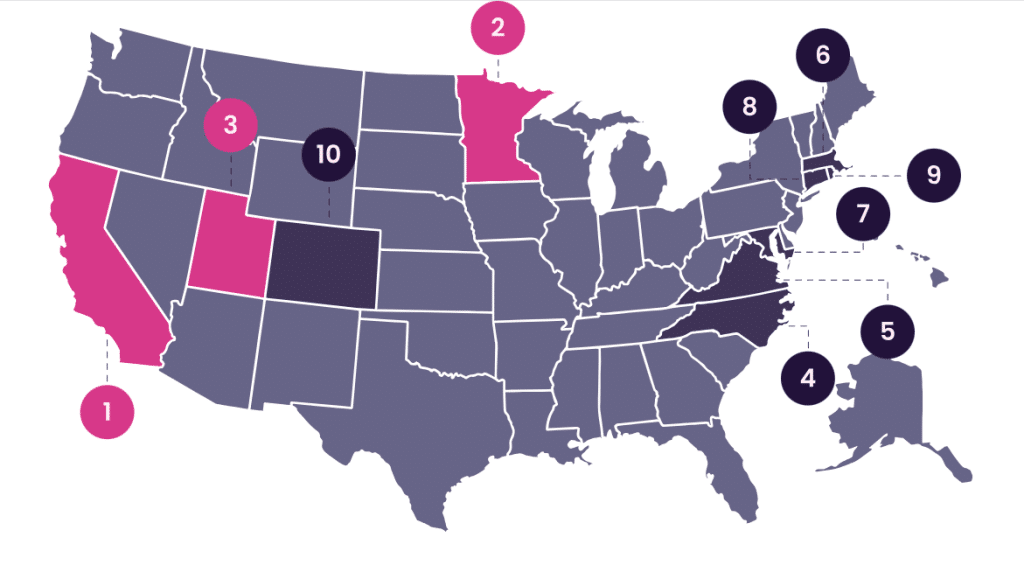Ave Maria in Collier County, a planned community and census-designated place, was Blue Zone certified in July 2023. This certification was earned through Ave Maria's adoption of Power 9®, a set of nine guiding principles derived from the longevity hotspots known as blue zones worldwide:

The town's urban plan promotes outdoor recreation, provides convenient connection points, and offers a plethora of amenities, events, and activities throughout the year. Residents and visitors are encouraged to traverse the town on a bike or foot through an extensive network of walking paths that meander through the community and its picturesque parks.
With an array of dining options, including health-conscious eateries and a well-stocked grocery store, Ave Maria ensures its residents have access to nourishing and wholesome culinary choices, promoting a lifestyle of optimum well-being and contentment.
This was one of the American communities to receive a Blue Zone status, which begs the question: are Blue Zone communities a real estate trend?
Over eighty destinations in the USA in the Blue Zone Project, including Fort Worth, implement their principles and practices. Even developers not actively pursuing official certification often draw inspiration from the Blue Zones model.
The real estate industry has seen a notable shift towards sustainability, exemplified by companies like Blue Zone Realty International, which introduced a specialized Green Leaf division last year that is committed to environmental conservation. The Green Leaf team possesses a wealth of knowledge pertaining to the Southern Pacific Region, including its ecological importance and the intricate legal aspects of land procurement. Whether clients are interested in establishing a private nature reserve, developing an eco-friendly retreat, or participating in local conservation efforts, the Green Leaf will provide guidance and support at every phase of the process.
However, in certain instances, adopting Blue Zone principles seems more of a strategic marketing ploy than a genuine commitment to the modest way of life these initiatives intend to embody. In some situations, Blue Zone initiatives are met with strong opposition, as projects with a "white savior complex."
"Projects like these often overshadow and push out cultural solutions already in place," writes the Collaborative for Black & Indigenous Land Restoration and Reparations (CBILRR). "Their community engagement is extractive and harmful. It does not take into account the history and impact of systemic oppression on the health of our community," the non-profit organization continues in a letter criticizing an effort to organize a Blue Zones initiative in the Greater South Phoenix area.
And earlier last year, The New York Times reporter Jane Margolies wondered whether a utopian Blue Zone could be constructed in a financially disadvantaged neighborhood of Brooklyn. In a recent article, the author pointed out that the Blue Zone movement in real estate could be just another gimmick.
Whether considered a gimmick or not, Blue Zone communities are experiencing high demand, prompting numerous real estate companies to seek opportunities within them. Loma Linda, situated a mere 60 miles east of the bustling city of Los Angeles, has been heralded as the sole Blue Zone in the United States in 2023. That was, however, misleading, as Albert Lea in Minnesota garnered national attention for its distinction as the inaugural community in the United States to achieve certification as a Blue Zones community in 2016.
Brandon Rivinius, who serves as the broker-owner of Reliable Realty Group, disclosed to Insider that sellers frequently emphasize the unique status of Loma Linda as the only Blue Zone in the US when presenting their homes for sale. Realtors leverage this feature to attract potential buyers specifically seeking the lifestyle benefits and superior quality of life associated with Blue Zones.
"Your normal three bedroom, two bath, maybe 1,800 to 2,000 square feet lot, is maybe about $600,000 at least — potentially more if you're getting closer to the hills," Rivinius told Insider.

Used for marketing purposes, the Blue Zones concept may be a gimmick, indeed, but sustainable communities are nothing new:
The sustainable communities of today can trace their origins back to the ecovillages that drew inspiration from the communes which emerged during the '60s and '70s.
Ecovillages represent a collective gathering of individuals united by a shared aspiration to embrace a more sustainable way of life. While their dedication and methodologies may differ from one ecovillage to another, they are bound together by a resolute discontent with the existing norms. Ecovillagers are driven by the pursuit of coexisting harmoniously with the natural environment and are steadfast in their efforts to develop their surroundings in a manner that safeguards crucial ecological systems.
No real estate asset can claim a Blue Zone advantage without the community.